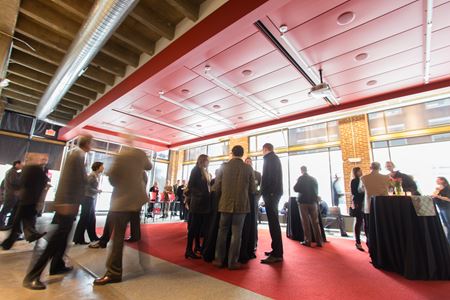Pillars Leadership Program
AIA Kansas City's Pillars Leadership Program is a training program that prepares a representative cross section of the chapter’s emerging leaders for their role in shaping the future of both the architectural profession and the greater Kansas City metropolitan area. The training program includes active participation in programs and exposure to community leaders and issues. Applications are accepted for the program once each year. Criteria for acceptance include proven career success and community involvement. The benefits of the program include: development of relationship skills, skill development, team performance, and chapter and community leadership.
Topics that will be discussed throughout the year include: Government, Development, Community Outreach, Sustainability, Transportation, Local Arts, Food and Entertainment and Innovation and Technology.
2025 - 2026 PILLARS CLASS

Alexandra Bojarski-Stauffer, AIA - Emerald Hive Design Build
Natalie Buckley - Walter P. Moore
Jessica Carson - JE Dunn Construction
Lane Edson, Assoc. AIA - NSPJ Architects
Kourtney Goss - McCownGordon Construction
Ethan Hale, AIA - Hoefer Welker
Reid Lundin - DLR Group
Emma Meier-Luinenburg, Assoc. AIA - BRR Architecture
Kylie Miller, AIA - Populous
Katie Pruser, Assoc. AIA - HFG Architecture
Jenna Roblee, Assoc. AIA - Finkle + Williams Architecture
Tess Ryan, Assoc. AIA - AECOM
Sean Stattelman, Assoc. AIA - Pulse Design Group
Ryan Sudhoff, AIA - Gensler
Paige Vespestad - Smith & Boucher
Erin Wheeler, AIA - Yaeger Architecture
Pillars October 2025 Overview




